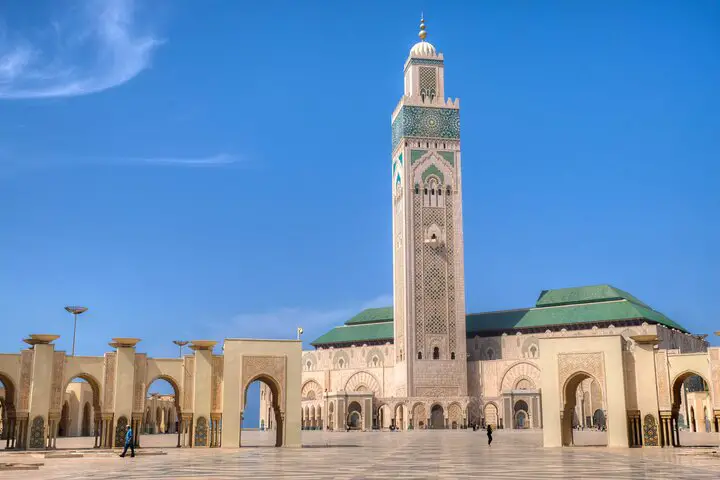Casablanca, often referred to as the economic and cultural hub of Morocco, is a dynamic and cosmopolitan city that offers a range of captivating attractions. From modern architecture to historical landmarks, Casablanca has something for every traveler.
Hassan II Mosque

The Hassan II Mosque is a testament to the remarkable craftsmanship and architectural brilliance of Morocco. It was designed by French architect Michel Pinseau and completed in 1993 after six years of construction. The mosque’s design combines traditional Moroccan and Islamic architectural elements with modern techniques. Its sheer size and intricate details make it an awe-inspiring sight.
The interior of the Hassan II Mosque is equally breathtaking. It can accommodate up to 25,000 worshipers inside its prayer hall. The interior is adorned with exquisite Moroccan craftsmanship, including intricate woodwork, marble columns, and colorful mosaic tiles. The grand chandeliers, crafted from bronze and glass, illuminate the space with a warm and inviting glow.
The Hassan II Mosque is a significant place of worship for Muslims. It was named after King Hassan II, who commissioned its construction. The mosque’s prayer hall features a retractable roof, allowing natural light to filter in and creating a connection between worshipers and the sky above.
Corniche
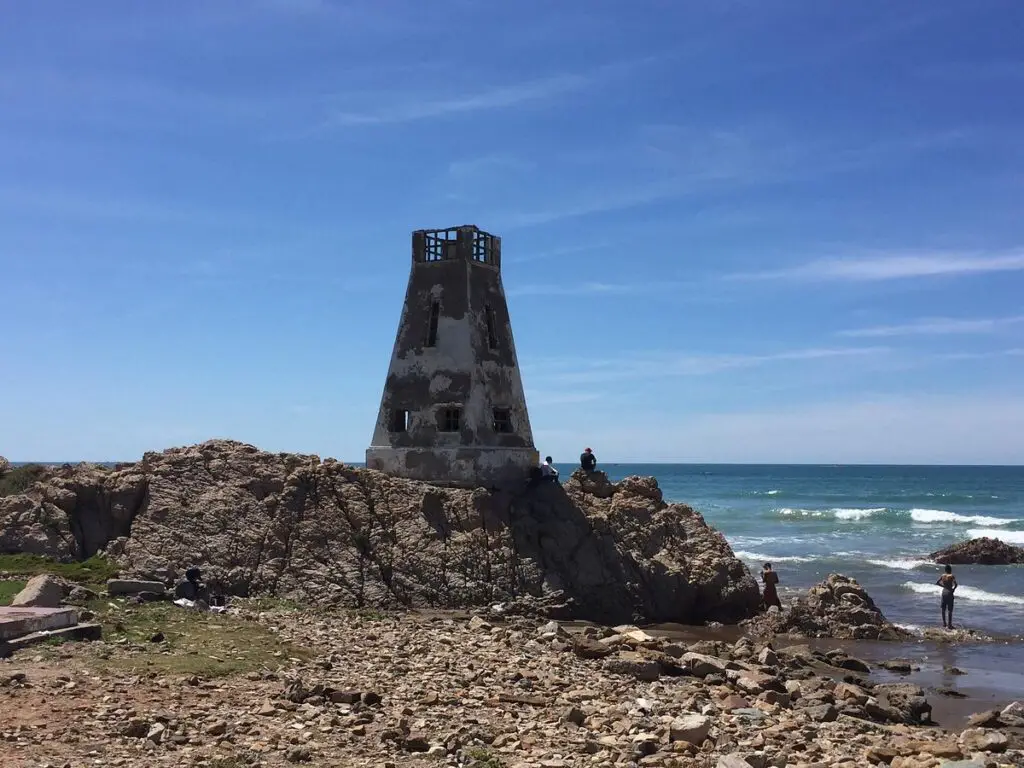
The Corniche in Casablanca is a picturesque promenade that stretches along the city’s coastline, offering stunning views of the Atlantic Ocean. The Corniche is known for its breathtaking coastal scenery, with panoramic vistas of the Atlantic Ocean. The promenade features a long stretch of palm-lined boulevards, sandy beaches, and rocky cliffs. Visitors can enjoy the beauty of the ocean, feel the refreshing sea breeze, and witness stunning sunsets that paint the sky in vibrant hues.
The Corniche is a favorite spot for joggers and walkers seeking outdoor exercise. The wide pedestrian paths that run parallel to the beach offer a safe and scenic environment for physical activity. It’s common to see locals and visitors jogging, power walking, or simply taking leisurely strolls along the promenade.
The Corniche in Casablanca offers a perfect blend of natural beauty, recreational activities, dining options, and a vibrant atmosphere. Whether you’re seeking relaxation on the beach, a stroll along the promenade, or a lively night out, the Corniche provides a scenic and enjoyable experience by the ocean.
Old Medina
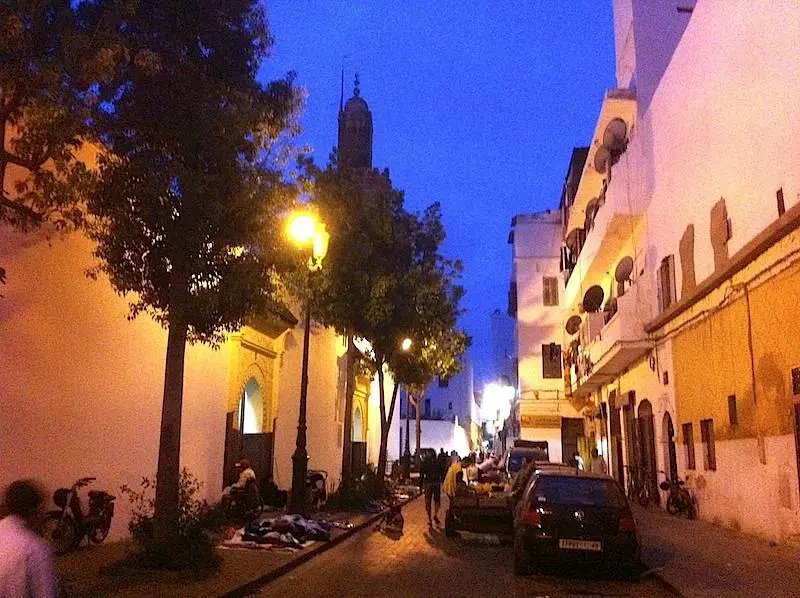
The Old Medina, or Old Town, is a historic district in Casablanca that showcases the city’s traditional charm and cultural heritage.
The Old Medina is characterized by its narrow, winding streets and alleys that create a labyrinth-like network. Walking through its maze-like passages is an adventure in itself, where you’ll encounter bustling markets, traditional shops, and hidden courtyards. The architecture reflects a blend of Moroccan and Andalusian influences, with beautiful arches, ornate doorways, and intricate tilework.
Within the Old Medina, there are several notable historical landmarks worth exploring. These include the Bab Marrakech gate, which is one of the original entrances to the medina, and the Mahkama du Pacha, a former courthouse with intricate woodwork and beautiful tilework. The medina also houses the Ettedgui Synagogue, a testament to Casablanca’s Jewish heritage.
The Habous Quarter
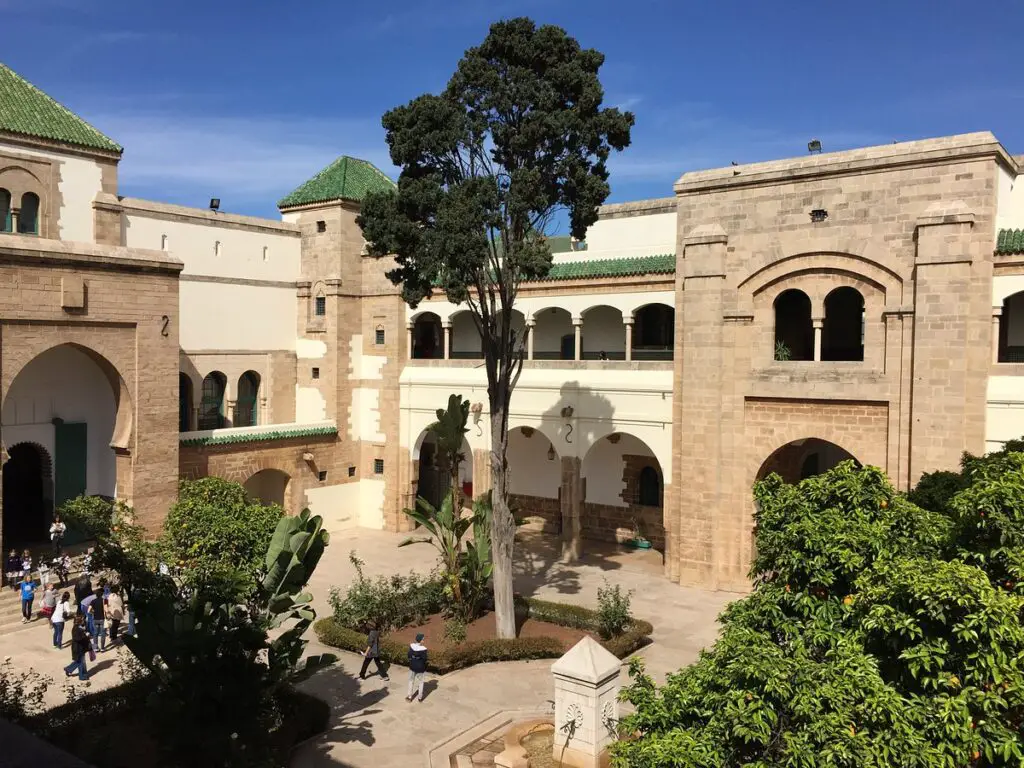
The Habous Quarter was built during the French colonial period in the 1930s as an extension to the city. It was designed to provide a modern and orderly neighborhood while maintaining a Moroccan aesthetic. The architecture reflects a blend of Moroccan and European styles, with elements of Art Deco, Moorish, and French Colonial influences.
While the Habous Quarter is referred to as the New Medina, it has a distinct ambiance that sets it apart from the historic Old Medina. The streets are wider, the alleys are cleaner, and the overall layout is more organized. However, it still retains a medina-like atmosphere with its narrow winding streets, bustling markets, and traditional shops.
The Habous Quarter is renowned for its traditional markets and souks. Here, you can find a variety of Moroccan products, including spices, textiles, leather goods, ceramics, and traditional crafts. The markets offer an authentic shopping experience, where you can haggle and bargain for the best prices.
Mohammed V Square
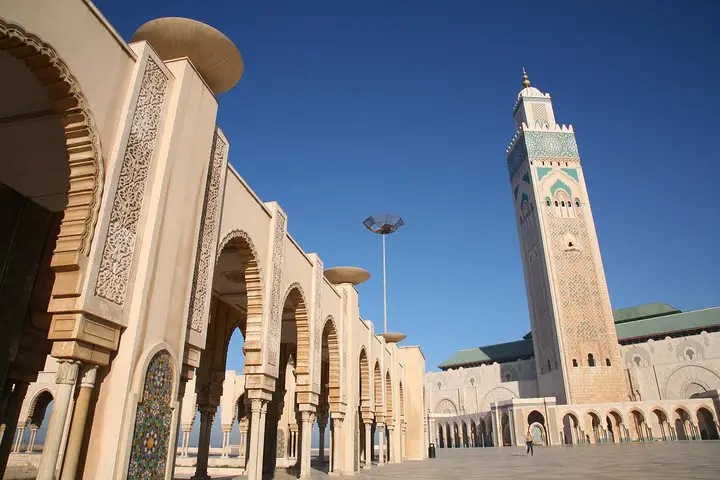
Mohammed V Square holds great historical and political importance for Morocco. It was originally named Place Administrative during the French colonial era. After Morocco gained independence in 1956, the square was renamed to honor King Mohammed V, who played a crucial role in the country’s struggle for independence.
The square is surrounded by notable architectural structures that reflect various periods and styles. One prominent building is the Palace of Justice, which showcases an elegant blend of Moroccan and French architectural elements. The Central Post Office, with its striking façade and grand entrance, is another architectural gem. These buildings add to the square’s aesthetic appeal and cultural significance.
Mohammed V Square is adorned with statues and monuments that pay tribute to significant historical figures and events. One notable monument is the Liberation Monument, a bronze sculpture that symbolizes Morocco’s liberation from French colonial rule. It serves as a reminder of the country’s struggle for independence and the sacrifices made by its people.
Rick’s Café
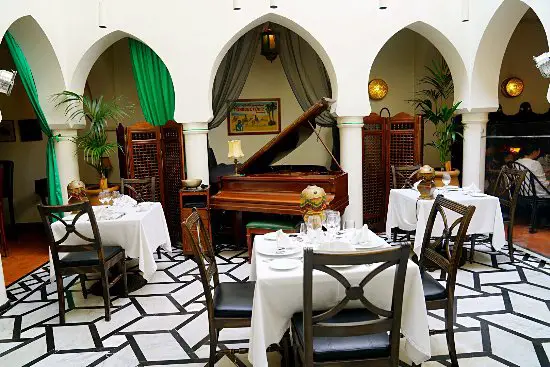
Rick’s Cafe is a legendary establishment located in Casablanca, Morocco. Inspired by the famous movie “Casablanca,” the café aims to recreate the ambiance of the film and offer visitors a nostalgic experience.
Rick’s Cafe takes its inspiration from the iconic 1942 film “Casablanca,” starring Humphrey Bogart and Ingrid Bergman. The café aims to recreate the romanticized atmosphere of the film, transporting visitors back to the golden era of Hollywood and the intrigue of wartime Casablanca.
Rick’s Cafe offers a diverse menu that blends classic Moroccan dishes with international cuisine. Visitors can enjoy flavorful tagines, couscous, grilled meats, seafood, and vegetarian options. The restaurant strives to provide a memorable dining experience, combining delicious food with the ambiance reminiscent of the film.
One of the highlights of Rick’s Cafe is its stunning rooftop terrace. It offers breathtaking panoramic views of the city, including the bustling Medina and the Hassan II Mosque. The terrace is an excellent spot to enjoy a meal, sip on a refreshing drink, and witness the vibrant energy of Casablanca.
The Museum of Moroccan Judaism
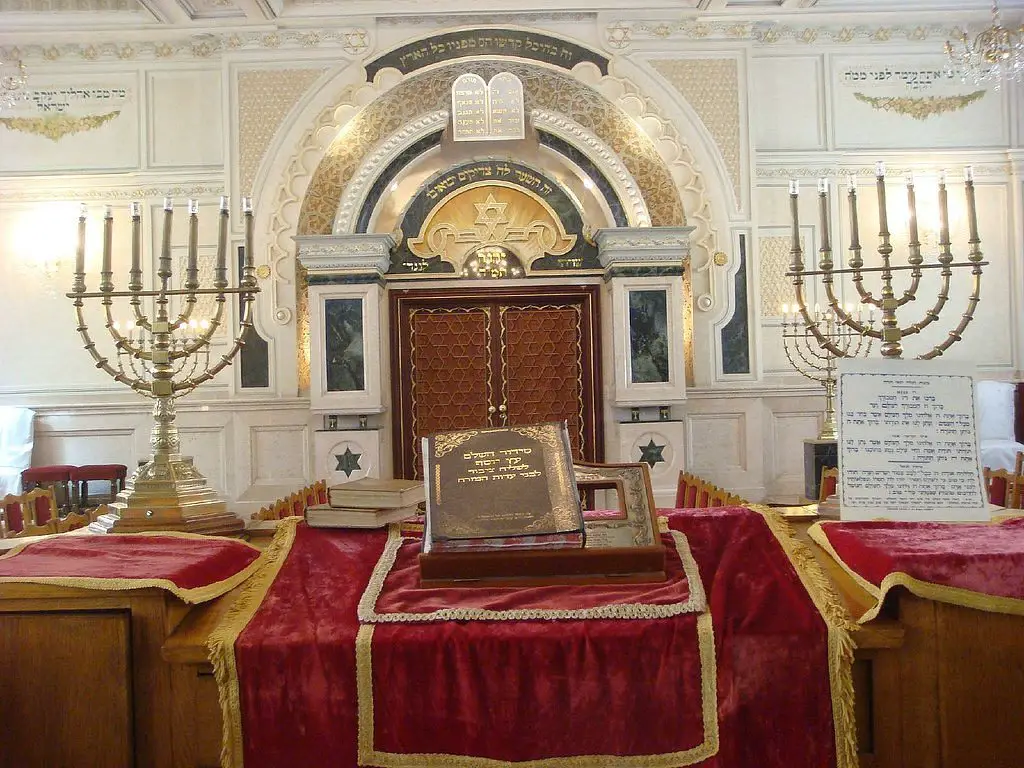
The Museum of Moroccan Judaism was established in 1997 with the objective of preserving and showcasing the rich heritage and history of the Jewish community in Morocco. It aims to promote intercultural dialogue, preserve Jewish traditions, and educate visitors about the diverse Jewish culture that has thrived in Morocco for centuries.
One of the remarkable aspects of the museum is its emphasis on highlighting the cultural diversity within the Moroccan Jewish community. It showcases the distinct traditions and customs of various Jewish communities that coexisted in different regions of Morocco, such as the Sephardic Jews, the Berber Jews, and the Mellah (Jewish quarter) communities.
The Museum of Moroccan Judaism actively engages with the local Jewish community and collaborates with other cultural institutions in Morocco and abroad. It serves as a hub for community events, cultural activities, and research initiatives related to Moroccan Jewish heritage.
Casablanca Cathedral (Sacré-Cœur)

Casablanca Cathedral was built during the French colonial period in Morocco. Construction began in 1930 and was completed in 1956. The cathedral boasted an impressive façade with intricate stone carvings and large stained glass windows. The central rose window depicted scenes from the life of Christ, while other windows depicted saints and biblical figures. The interior featured vaulted ceilings, ornate columns, and decorative details that showcased the craftsmanship of the time.
The cathedral served as the primary place of worship for the Catholic community in Casablanca and played a significant role in the religious and cultural life of the city. It was the seat of the Archbishop of Casablanca and a symbol of the French presence in Morocco during colonial times.
Although no longer an active religious institution, Casablanca Cathedral remained a significant landmark in the city. Its striking presence and architectural beauty continued to draw visitors and served as a reminder of Casablanca’s colonial history.
The Arab League Park (Parc de la Ligue Arabe)
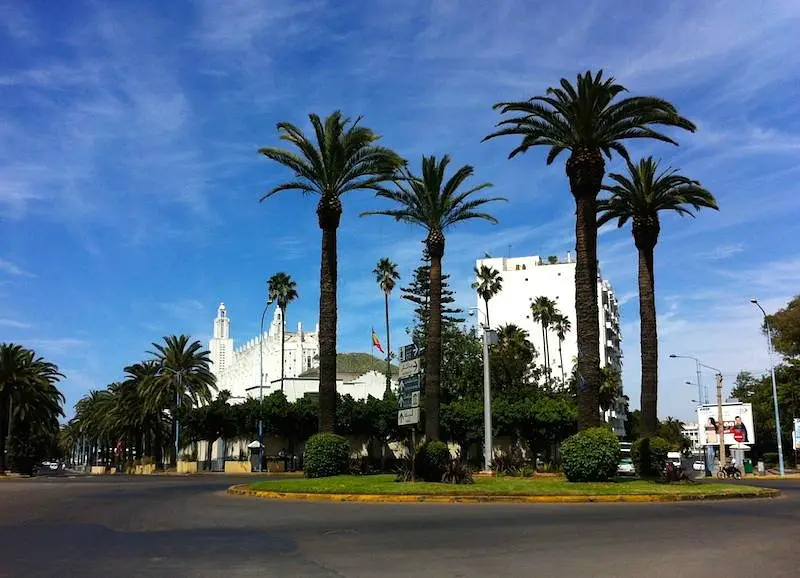
The Arab League Park is situated in the Dokki neighborhood of Cairo, near the Nile River. It is located in close proximity to several important landmarks, including the Cairo Opera House and the Cairo Tower.
The Arab League Park spans over an area of approximately 33 acres (13.5 hectares) and offers various amenities and attractions for visitors. It is well-known for its lush green spaces, beautiful landscaping, and well-maintained gardens.
One of the main highlights of the park is its central artificial lake, surrounded by walkways and benches where visitors can relax and enjoy the scenery. The lake is adorned with fountains, which add to the park’s serene and picturesque ambiance.
The park is easily accessible, with nearby public transportation options and ample parking available. Entry to the Arab League Park is usually free of charge, although some special events or facilities within the park may require separate fees.
Casablanca Twin Center

The Casablanca Twin Center is located in the heart of Casablanca’s business district on Boulevard Mohammed Zerktouni. It is situated near the major transportation hubs and is easily accessible from different parts of the city.
The Twin Center is primarily a commercial and office complex. The towers house a wide range of businesses, including corporate offices, multinational companies, financial institutions, and professional services firms. The complex serves as a hub for commercial activity and contributes to the economic growth of Casablanca.
he Casablanca Twin Center offers a stunning panoramic view of the city and its surroundings. Visitors can access the top floor through elevators and walk along the skybridge, which connects the two towers. From this vantage point, one can enjoy breathtaking vistas of Casablanca’s skyline, including landmarks such as the Hassan II Mosque and the Atlantic Ocean.
Villa des Arts

The main Villa des Arts is situated in the Anfa neighborhood of Casablanca, near the United Nations Square. It is housed in a beautifully restored villa that dates back to the 1930s. The villa itself is an architectural gem, combining Art Deco and Moorish influences.
Villa des Arts features spacious exhibition halls spread over multiple floors. These spaces are dedicated to hosting a wide range of art exhibitions, showcasing contemporary art, photography, painting, sculpture, and multimedia installations. The gallery regularly rotates its exhibitions, providing visitors with a diverse and evolving artistic experience.
The institution organizes a variety of cultural events and activities throughout the year. These include artist talks, workshops, educational programs, film screenings, music performances, and lectures, which aim to engage the community and promote artistic dialogue.
Anfa Neighborhood
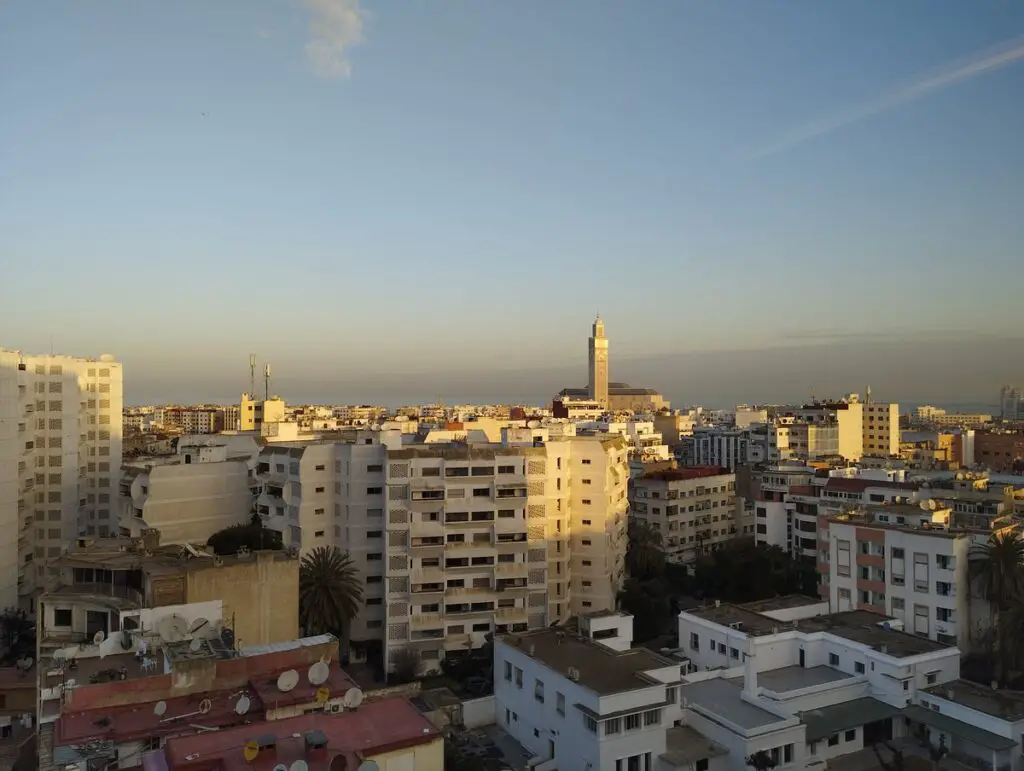
The Anfa neighborhood, also known as Anfa District, is an upscale residential and commercial area located in Casablanca, Morocco.
Anfa is situated along the western coast of Casablanca, bordered by the Atlantic Ocean to the west. It is one of the city’s most prestigious and sought-after districts, known for its affluent residences, luxury hotels, and upscale shopping areas.
Anfa is primarily a residential neighborhood, characterized by luxurious villas, upscale apartments, and gated communities. It is known for its elegant architecture, landscaped gardens, and tree-lined streets. Many affluent residents, diplomats, and expatriates choose to live in Anfa due to its exclusive ambiance and proximity to amenities.
The neighborhood offers a range of cultural and entertainment venues, including art galleries, theaters, and cultural centers. These venues host exhibitions, performances, and cultural events, contributing to the vibrant arts and entertainment scene of Casablanca.

